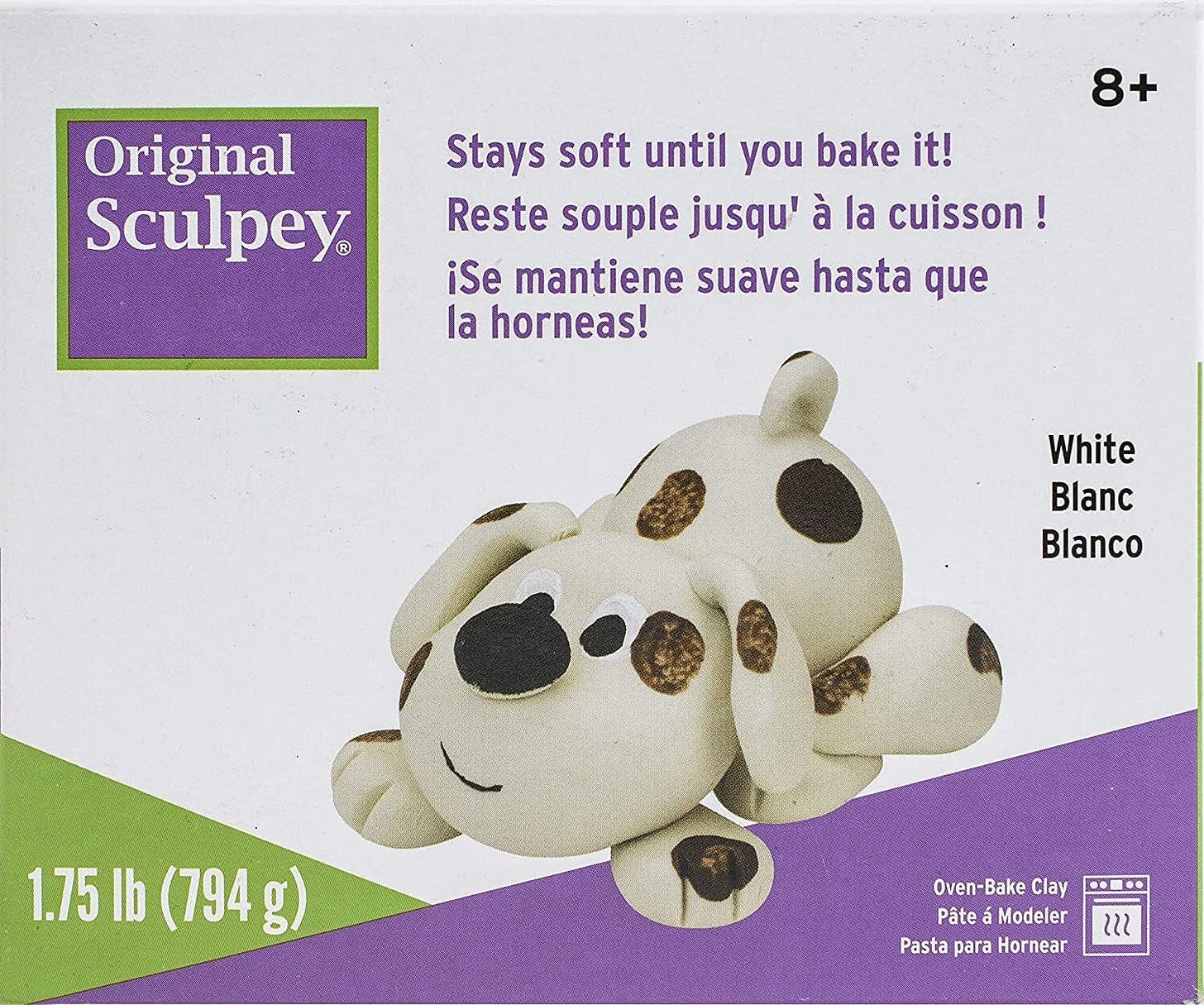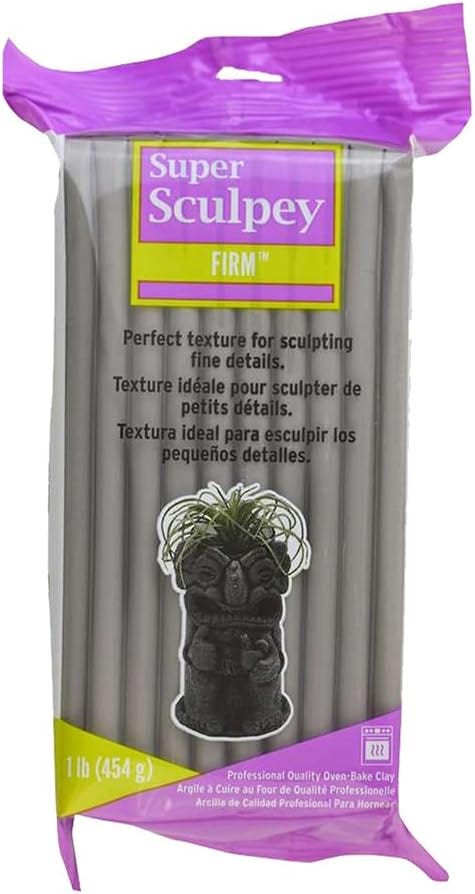Non-fired sculpting clay
Sugru is a soft moldable material that reminds me of Fimo clay. But unlike Fimo, it does not have to be heated to cure. It air drys and is rubbery and sticks to anything. I used it to make a new button for my utility knife when the plastic one broke. I made bumpers for my cell phone. I put some on my tools so they would not roll off the table. I am still discovering ways to use the product. — Philip Lipton
This stuff comes in tiny pouches of different primary colors. You knead a bit with your hands until soft, then you apply it where you would like an additional grip, or stop, or section of repair. It’s pretty sticky, can be worked like clay, but dries into a hard rubber. The photo shows a paring knife handle that was falling apart from years of dishwasher use. I coated the outside with Sugru and it now it feels great and is dishwasher proof. See Sugru’s website for other ways it can be used. — KK
Better than clay
Artists know about this stuff. It’s flexible polymer clay that hardens into rigid plastic after a spell in your kitchen oven. Bright steadfast colors. Or you can paint, drill, and polish it. Great for making toys, models, small sculptures, modern jewelry, and weird stuff — anything that demands that colored plastic look. SuperSculpey is a translucent beige-colored (skin like) variety sold in bulk that dollmakers and Hollywood special effects swear by. Most good art suppliers will stock it. — KK
Stiff polymer clay
A few weeks ago, my 11-year old son and I decided to sculpt, so we got out SuperSculpey Firm polymer clay. After working with this newer style of Sculpey for a while, we decided it totally kicks ass on softer styles of Sculpey. Why? Because it doesn’t flop over on its side when handled. And it’s firm enough to keep its shape when carved. My son began making a tank. So I made a tank. We have yet to paint them.
The Sculpey brands are especially encouraging for beginners, yet professionals artists depend on them as well. Pros ranging from vinyl toy artists to designers for film use it. Unlike normal clay, Sculpey hardly changes shape or size when baked, and hardening takes place quickly, at the relatively low temperatures of a convection oven (even a toaster oven will do).
Because of its polymer base, there’s loads of fun techniques to try with Sculpey: like baking your sculpture for only half the allotted time. When you take it out of the oven, prematurely, you’ll find your little masterpiece has a soft, rubbery texture. In this state, it won’t lose its shape and can be easily carved with a knife or a file. Have you cut too much away? Add a little more Sculpey and put it back in the oven, for more cooking! — Robyn Miller
Silver clay that becomes silver metal
Precious Metal Clay lets you make fine jewelry with little experience or equipment. It works like Fimo clay, except it is more crumbly because it contains powdered precious metal, such as silver, or gold. (It will also dry out faster.) The organic clay binding burns off when you fire it and you end up with pure fine silver or gold in the shape of the clay you made. If you have jewelry skills you can keep working it from there, soldering, shaping, etc.. Since I don’t have much skill I just polish up my pieces or antique them with silver black. There’s an implication that you have to fire PMC pieces in a kiln (that would be nice), but so far everything I’ve done I’ve fired myself on the kitchen floor with a basic propane torch.
All PMC shrinks significantly when fired. However since the shrinkage is proportional, jewelers use this shrinkage to produce very fine detail that would be difficult if you had to work at full size. PMC comes in various formulations with different shrinkage rates. The original PMC shrinks 30%, while PMC+ and PMC3 shrinks only 10%. (I’ve never tried using the torch on anything except silver PMC+ and PMC3 because I prefer the lower shrinkage of these.)
My one piece of advice about firing PMC with a propane torch: This stuff is very expensive (it’s silver or gold, remember!) so take a small piece and sacrifice it to learn how to heat evenly first. It is very easy to overheat it which will melt the silver into a blob., which is bad. If you aren’t sure if it’s metal yet (it’ll be whitish), pick it up with needle nose plier and drop it very gently on the metal surface you fired it on. It should make a satisfying metal-on-metal thunk. When I am feeling more flush, I’ll find out if gold PMC can be fired this way. — Quinn Norton
Moldable plastic
Shapelock is “Ultra-High Molecular Weight Low Temperature Thermoplastic. Similar to nylon and polypropylene in toughness., except it’s easy to work with and shape.”
You get a bag of plastic pellets, put them in 160F water, and they phase change, becoming soft and moldable. If you don’t let the water get too hot, when you take the plastic out, it’s cool enough to shape with your hands.
When it cools down, it hardens into a strong, durable, paintable, machine-able white plastic. If you don’t like what you made, you just put it in 160F water again and reshape it.
Great for making prototypes — also fun to play with. The same stuff, under a different name (Friendly Plastic), is available in larger quantities, at a slightly cheaper rate. — Patrick Tufts








I was a sugru fan, but the last batch I got a couple months was out of date according to the inside foil envelope packaging, but not indicated on the outside box. Sure enough, it never fully cured. Bummer.